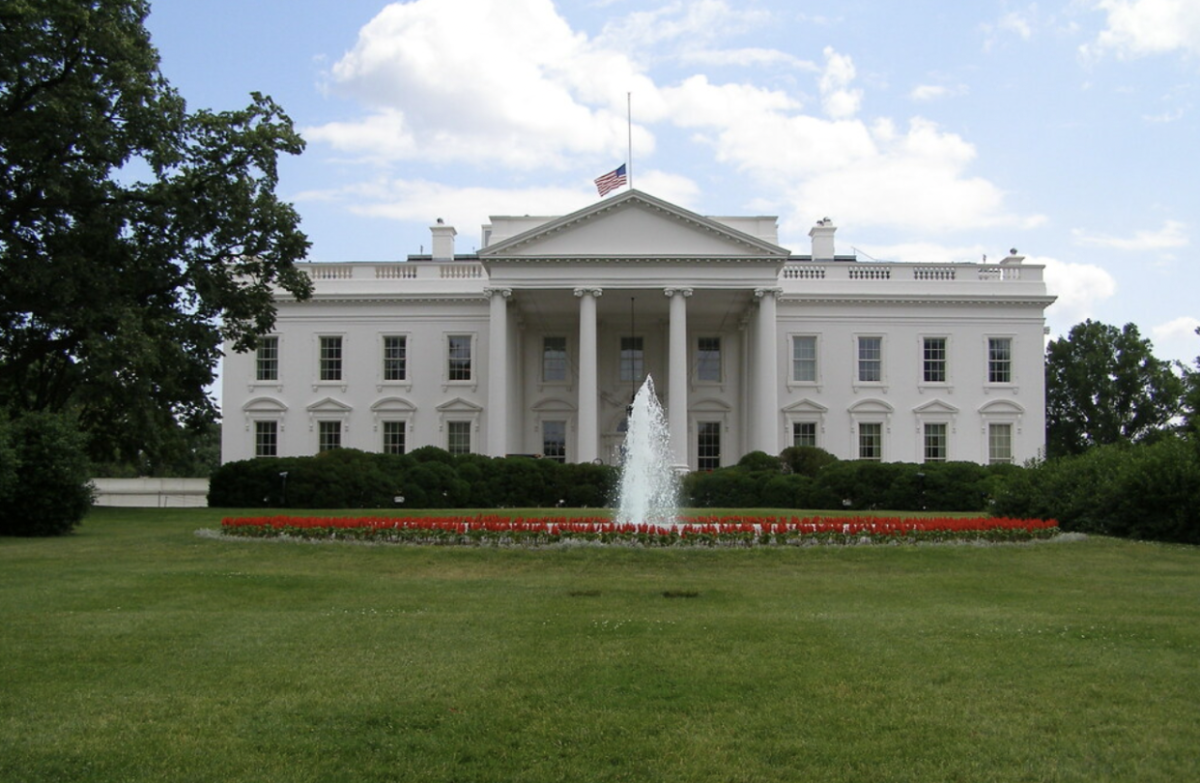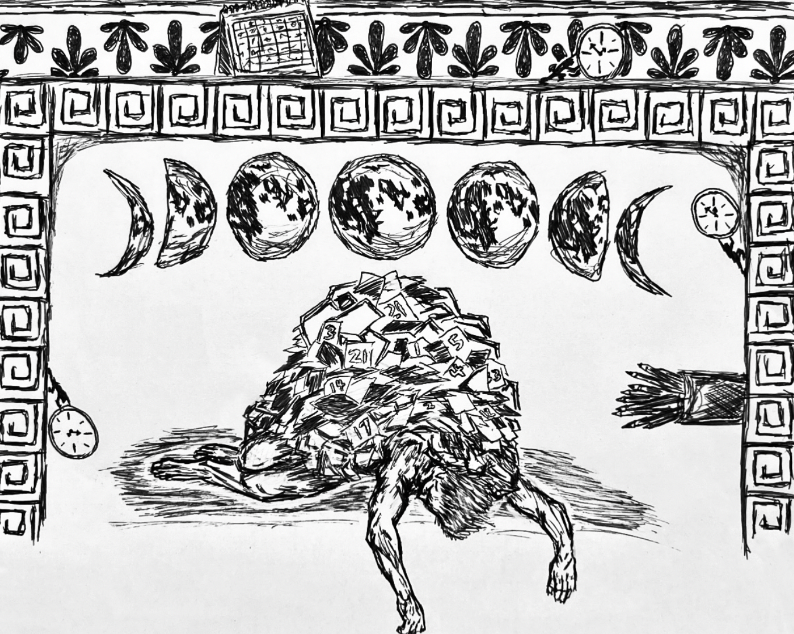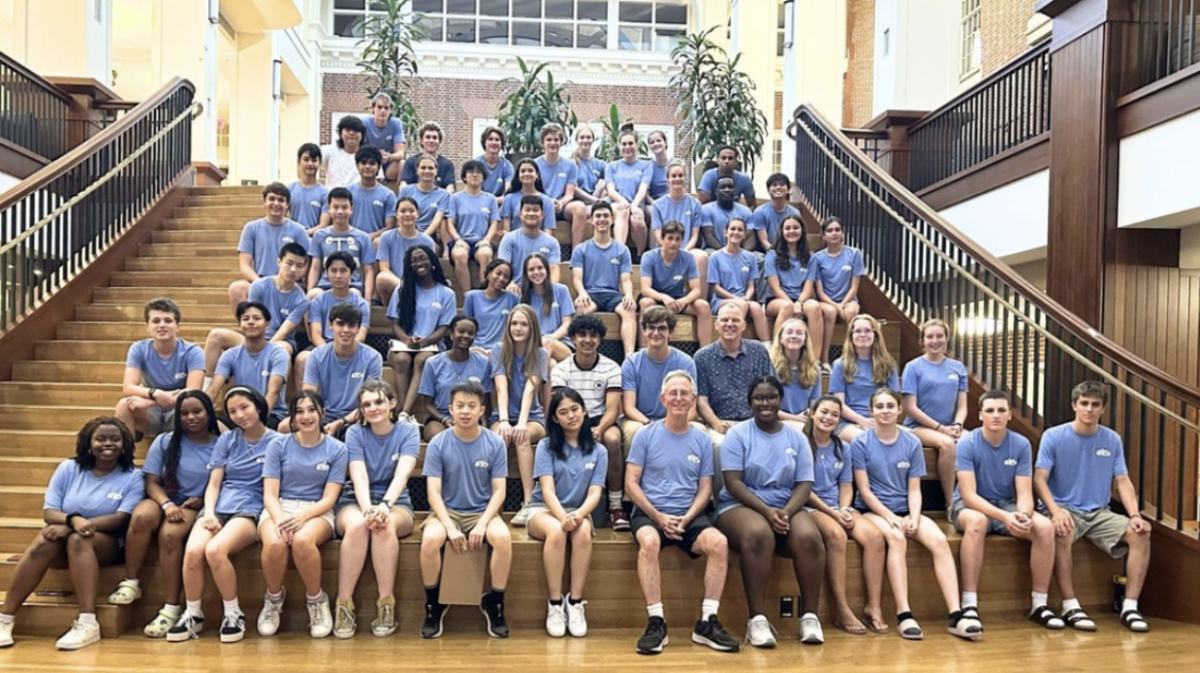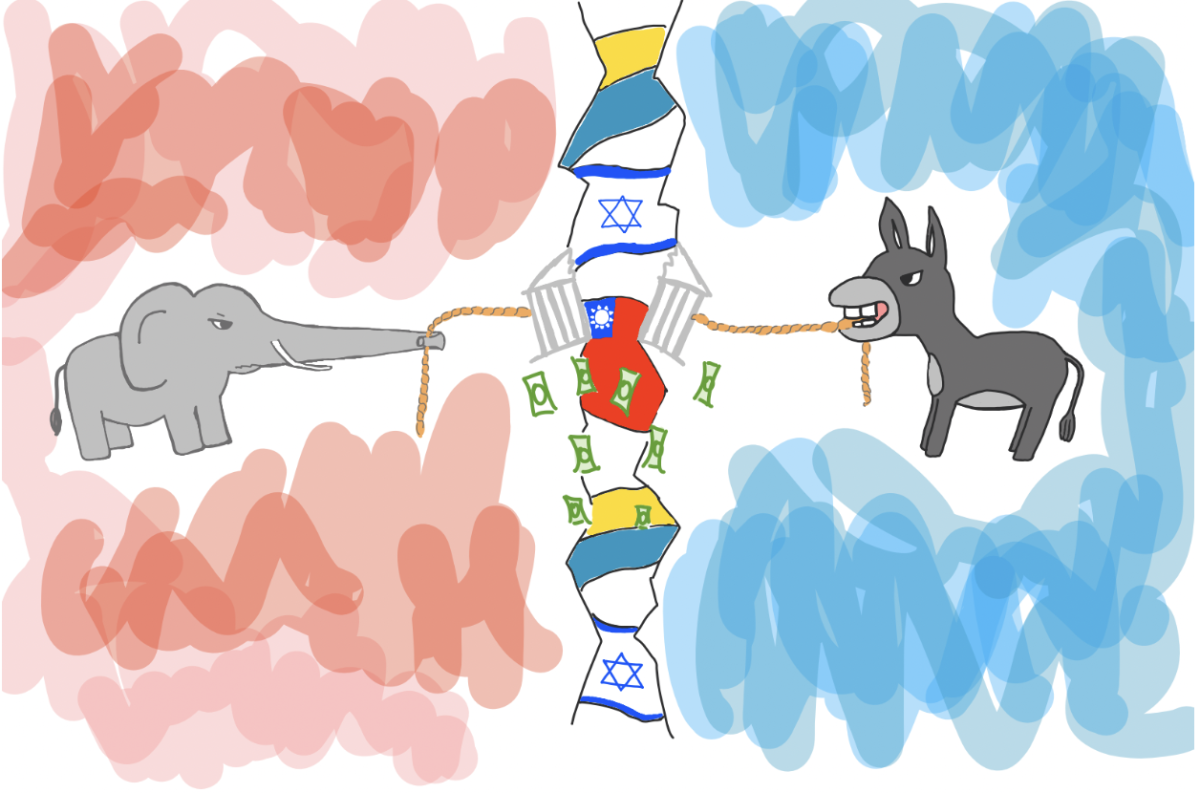As we develop our identities at Groton and attempt to find commonality among our peers, we tend to define ourselves along a single attribute: gender. This divide, which stems from the dorm structure, is not inherently malicious, but it is harmful. By structuring ourselves in such a way, queer students, who might not identify with traditional gender roles, are often left feeling excluded or pressured to hide their identities in single-sex environments.
Because of the gender binary established through the dorm structure, one anonymous queer student reported feelings of exclusion and discomfort. “I came out before I went to Groton,” they said. “But since being at Groton, I have found myself walking back into the closet.”
In the interviews I conducted for the Circle Voice, other queer students expressed similar struggles in finding inclusion and belonging on campus—a reflection of the systemic ostracization of queer individuals in our society. Several queer students reported instances of being othered by students. Situation in which they were referred to with slurs and derogatory language, cyberbullied, mocked, or otherwise made to feel unwelcome in gendered spaces.
Though some queer students have proposed an all-gender dorm to solve these issues, an all-gender dorm fails to fully address the problem of queer students’ exclusion, and may even exacerbate it. By separating queer students from the rest of Groton’s residential students, Groton would serve to only further alienate, or “other,” them from the rest of the student body. This would undermine the benefits of such a space; while queer students may find comfort inside the dorm, they would end up facing greater hostility in the broader school environment.
I would like to offer a different solution. If we want to increase acceptance for queer students, we must break down the divisions between opposite-gender droms caused by an adherence to the gender binary. This cultural change lies both in the hands of the school administration and in our own actions as individuals.
The best way to achieve this would be through the expansion and formalization of the existing brother-sister dorm relationships. Currently, the separation of the student body by gender creates a culture where students who fail to identify with traditional notions of masculinity and femininity are left feeling excluded. By diminishing the divide between boys’ and girls’ dorms, Groton could spark the cultural shift needed to end the mistreatment of queer students.
The school could start by regularizing joint check-ins on a weekly or bi-weekly basis, which would decrease the prevalence of gender in dorm identity and residential environments. On top of this, brother-sister dorms could join together for community gatherings, days of service, and dorm competitions. And as individuals, we could also strive to bridge the gap through small acts like merging tables at the dining hall or expanding friend groups to include other genders.
When it comes to exclusion, there is no perpetrator or victim. Rather, all parties must work together to broaden their horizons and find a solution. Conversations around gender and sexuality are relatively new and tend to be difficult. However, it is only through pushing through these uncomfortable feelings that we can find true understanding of each other, and create inclusion and belonging on campus.







